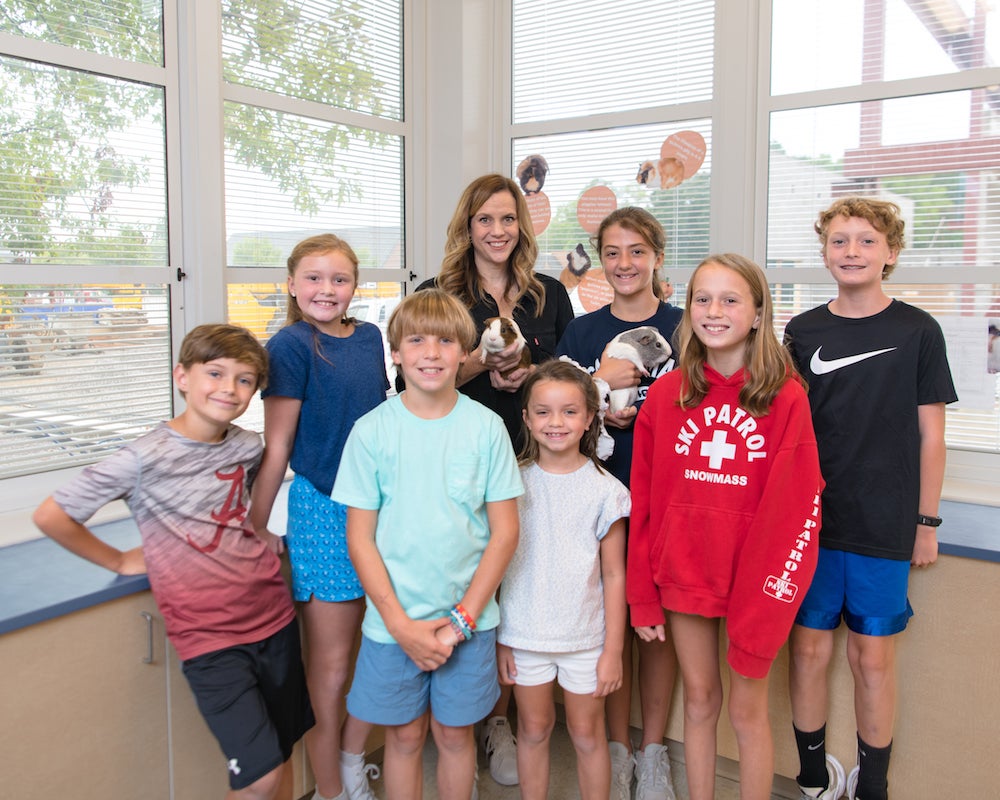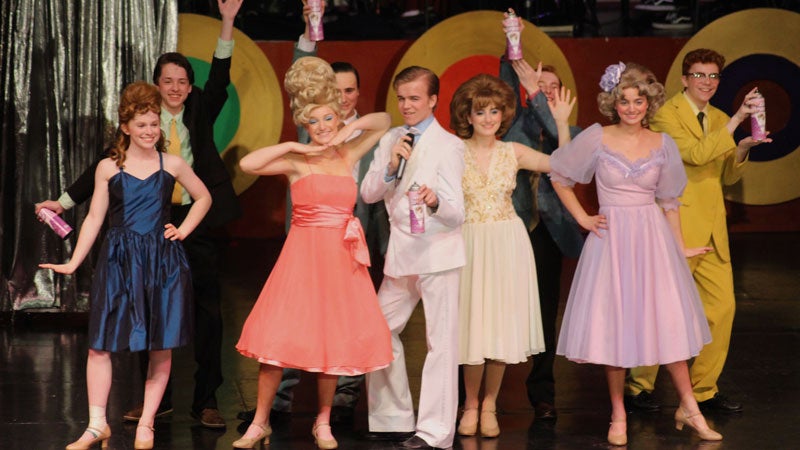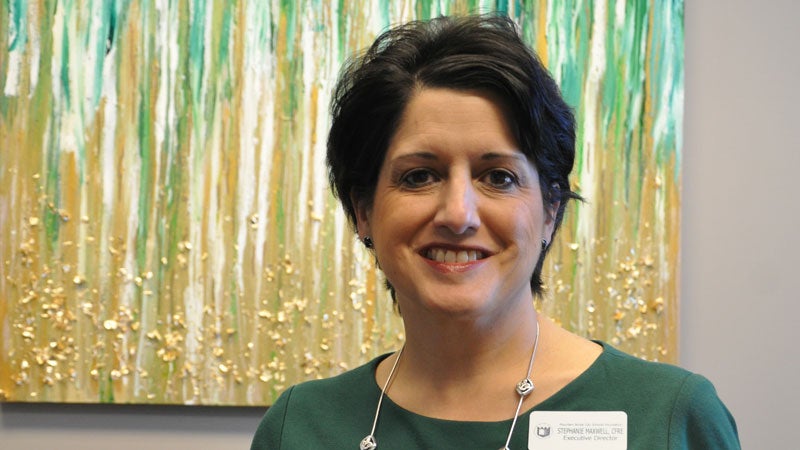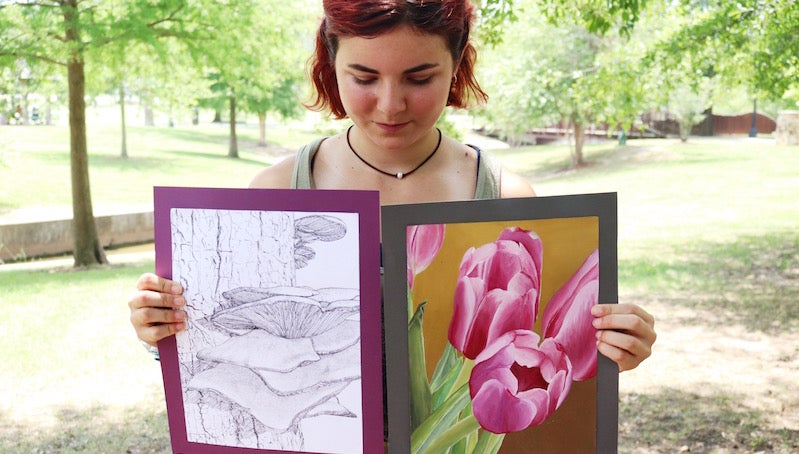By Lauren H. Dowdle
Photos by Blair Ramsey
When students at Crestline Elementary School have real-world ideas or questions they want answered, they can immerse themselves in The Collaboratory’s hands-on learning environment to find solutions.
Teachers Heather Phillips and Katie Meyerpeter wanted students to have a space where they could play a larger role in their own learning experiences—bringing about the idea for this new classroom.
They wrote the grant for the classroom in the fall of 2019 and received $30,000 from The Gifted and Talented Program Grant from the Alabama State Department of Education and the Innovation Grant sponsored by the Mountain Brook City Schools Foundation. The project was finished in 2020, but with COVID, the opening was delayed until 2021.
Modeled after classrooms across Europe, The Collaboratory provides students with an education that’s effective, engaging and challenging.
“Many researchers call this type of learning environment ‘the classroom of the future,’ and Crestline wants to be a part of this growing trend,” Katie says.
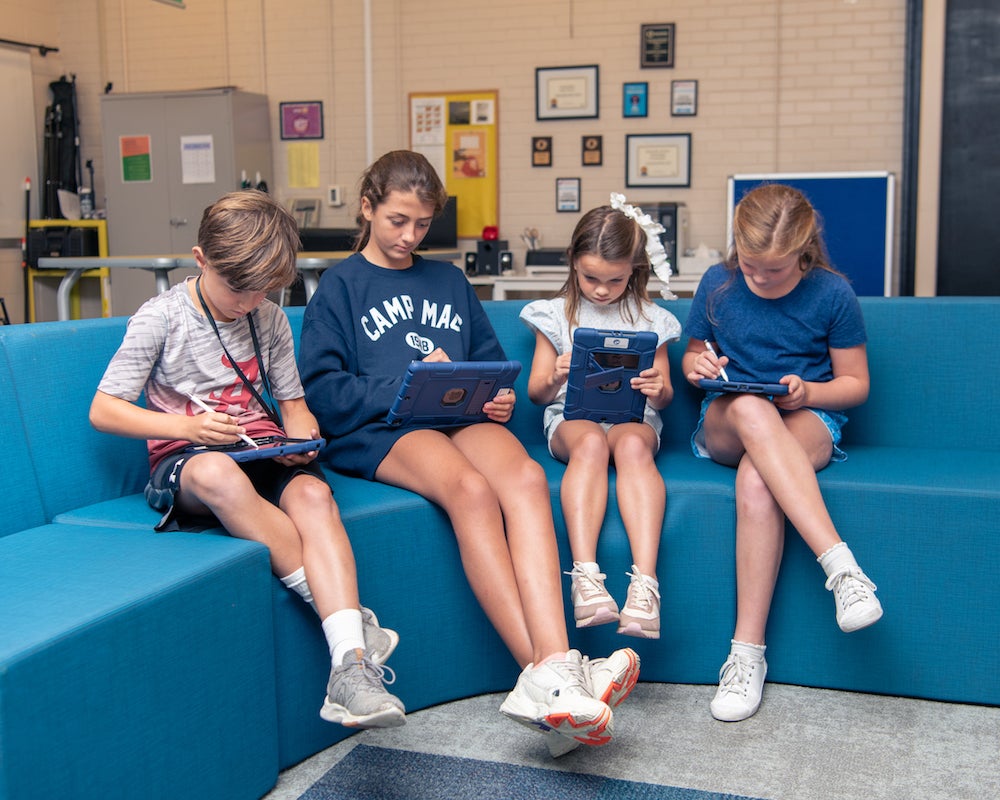
There are multiple ways for students to learn in this classroom—including figuring out how to collaborate with others, while also realizing their own strengths and challenges.
“The more they can engage in explorative and project-based learning experiences, the stronger they will become academically and socially,” Heather says. “Creativity and design thinking are born out of such experiences.”
This philosophy is something both Heather and Katie share—along with having a lifelong love of teaching.
A Birmingham native, Katie earned a degree in elementary education from the University of Montevallo and a masters in gifted education from Samford University. She and her husband have two children and live in Chelsea. She says she’s known she wanted to go into education for as long as she can remember.
“My mom taught for years, and I always loved spending afternoons in her classroom ‘playing school,’” Katie says. “I want to connect with my students in a way that inspires them. Not only to be lifelong learners, but to be the best version of themselves they can be.”
Heather grew up in Beaumont, Texas, and earned a degree in health promotion and fitness from the University of Texas at Austin. When she moved to Birmingham more than two decades ago, she earned a masters in elementary education at Montevallo. Recently, she completed her certification in gifted education from Samford. She and her husband have three children.
Heather has worked with children in a variety of capacities, from being a summer camp counselor, after-school assistant with the YMCA, volunteer with preschool special needs children, volunteer with Dolly Parton’s Imagination Library and much more.
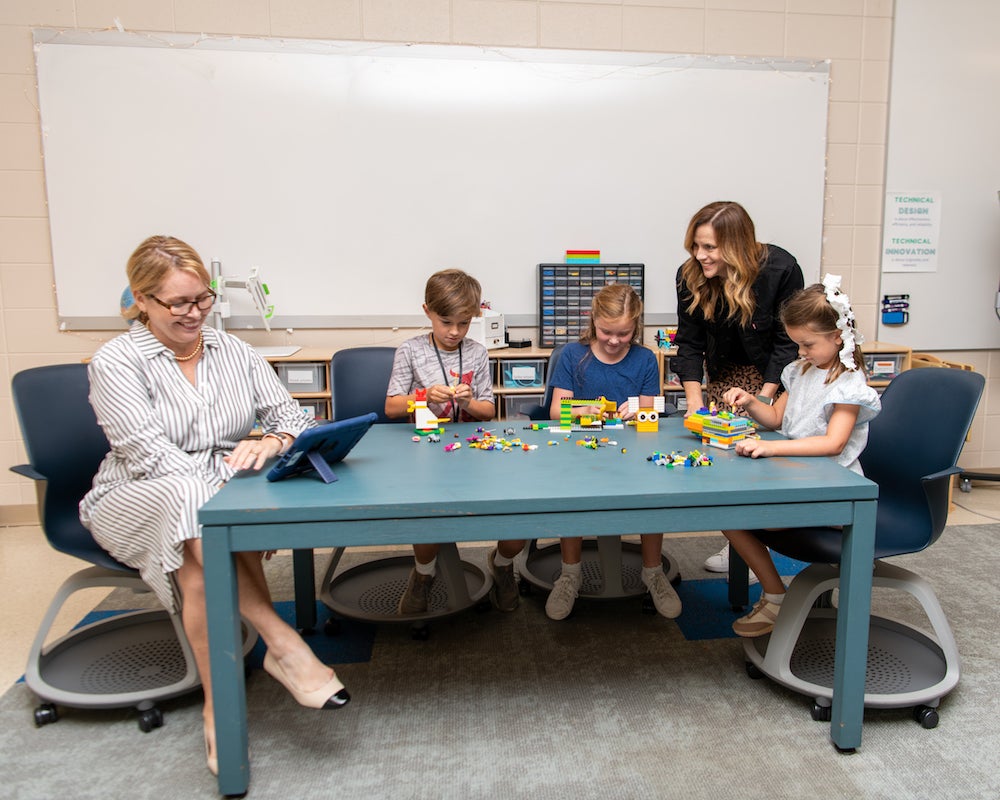
“All of these experiences pushed me toward working with children full time,” Heather says. “I feel so passionate about making sure every student knows how important and special they are.”
Katie is in her fourth year at Crestline, and Heather has been there since 2008. They both worked as enrichment specialists, but Heather moved positions to teach sixth grade language arts this year. Although, she’s been dreaming of having a classroom like The Collaboratory for years to provide students a space where they can direct their own learning.
“I feel students are so scheduled these days, and while that is not necessarily a bad thing, I can’t help but feel nostalgic for how things were when I was a kid,” Heather says. “It just seemed like things moved a little slower, and you had a lot more time on your hands.”
From the room’s flexible seating to its technology, The Collaboratory provides students with the ideal environment to be innovative thinkers and creators by combining two types of learning environments: collaborative learning and a lab. The room includes a Clear Touch panel, green screen and Padcaster Studio for film making and broadcasting, a 3D printer, 10 iPads with Apple pencils and more.
“In a collaborative learning experience, you work together with your peers to solve a problem. In a lab, you experiment and test ideas and hypotheses to come up with solutions,” Heather says. “Put those two things together and you have a Collaboratory.”
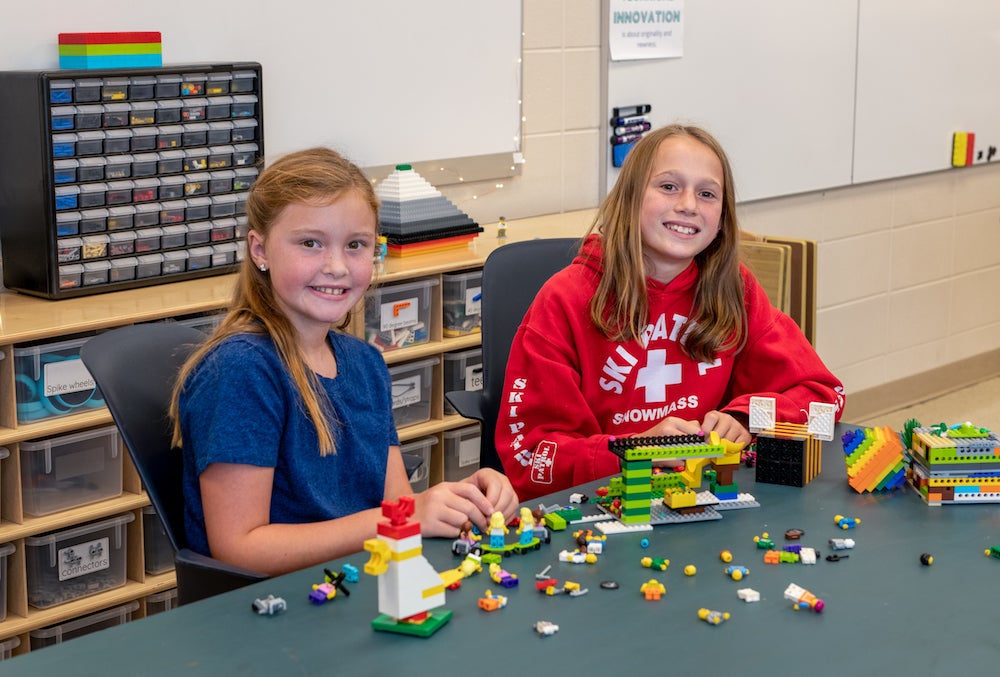
The classroom mainly provides a space for the gifted students, serving those enrichment classes for three hours a week each. When those classes aren’t using it, The Collaboratory is open for homeroom teachers to conduct problem-based learning activities.
“The idea is that when classes aren’t meeting, other teachers can bring their classes to work on certain projects,” Heather says. “We’ve created easy-to-use rubrics for every zone so teachers can grade and provide feedback to students on their learning. That’s a big accomplishment. I want it to be a community learning space.”
The Collaboratory is comprised of six zones: interact, exchange, investigate, develop, create and present.
One area of The Collaboratory that surprised both Katie and Heather was the calm booth they got from Room, which lowers sound by 30 decibels. They say they knew the booth would be a good asset to the space—but they didn’t realize how much students would gravitate toward it.
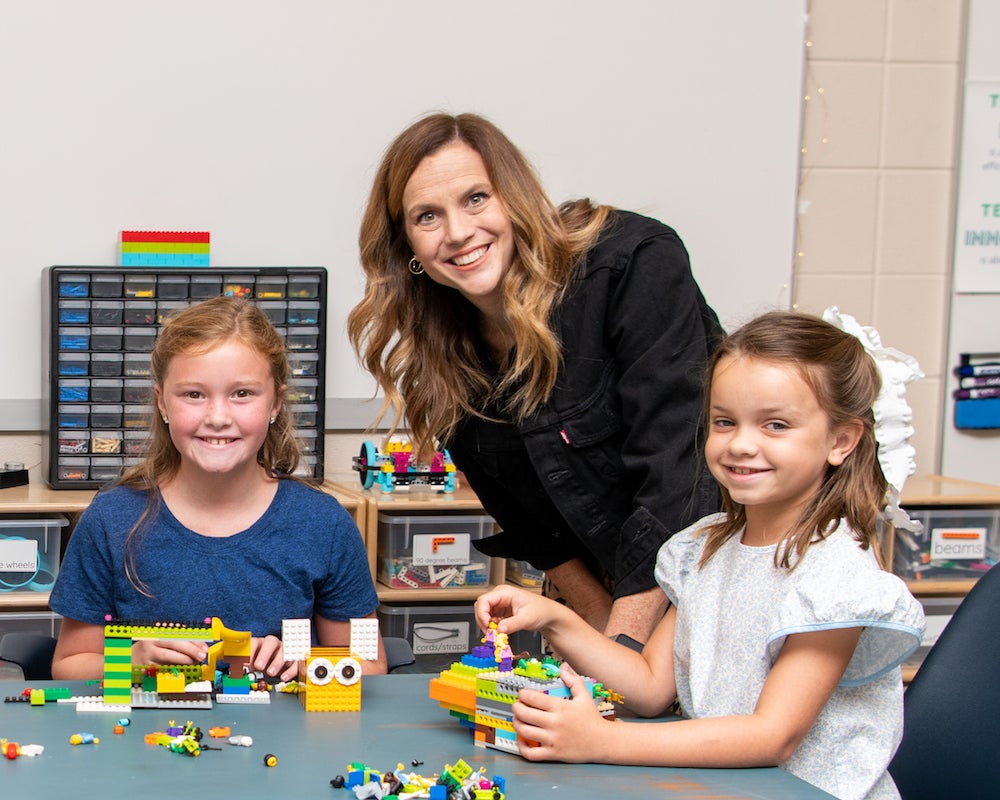
“It provides a perfect escape for students who are reflecting on their work or who need a quiet place to record their thoughts. They know when they need a quiet place to focus or reflect and ask to use it,” Katie says. “This shows that they have an understanding of their learning needs and how to advocate for themselves in this way.”
Students also use the booth for activities like creating podcasts, editing videos and writing stories and scripts, Heather adds.
For Katie, the most rewarding pat about being involved with The Collaboratory is seeing students using the space—especially considering how much research, planning and resources went into creating the classroom. “It is truly seeing your dreams come to life,” she says.
Heather says she enjoys seeing how excited the students are when they walk into the learning space. The classroom is set to not only encourage learning for current students, but also for the ones years to come.
“It is our hope that The Collaboratory will ignite a passion for learning in all of our students—and that they will be inquisitive and innovative thinkers who continually seek to dig a little deeper,” Katie says. “We also feel that working in a collaborative space such as this will develop the skills that are necessary to thrive in the workplace.”
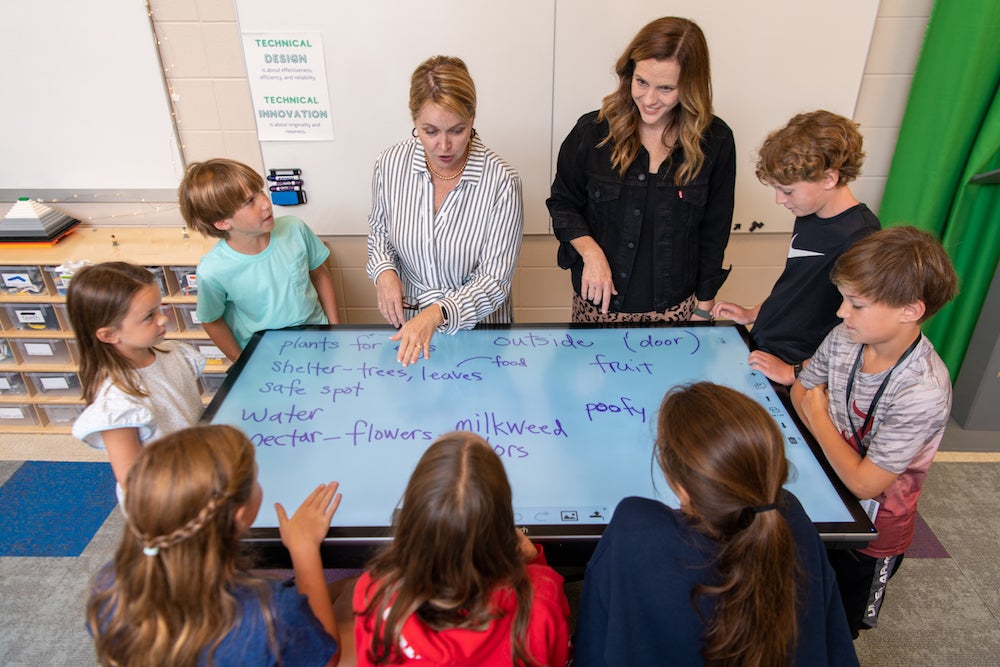
The Six Collaboratory Zones
- Investigate: Students explore questions in a group or independently by thinking through the problem, making a list of questions and performing research using a variety of technology. The zone has iPads, microscopes and other tools for investigating.
- Create: Students plan, design and produce their own work. They have access to things like craft materials, audio-visual equipment, software, a 3D printer, a Cricut machine, Padcaster audio and Legos.
- Present: Equipped with a podium, risers and the ClearTouch panel, this zone allows students to share their designs with an audience and receive authentic feedback.
- Interact: Students take the feedback they received in the Present Zone and use it to fill in the gaps in their learning or fix any misconceptions. It allows teachers to work one-on-one with students to help them apply the feedback.
- Exchange: Integrated into all of the zones, this one allows students to brainstorm together about possible solutions or ideas—and includes the Clear Touch panel.
- Develop: In this comfortable zone, students can intentionally reflect on what they’ve learned by journaling or compiling portfolios. This space includes the Calm booth, along with a library of books and puzzles.

